Walking down grocery store aisles today, you might notice something missing. Many beloved snacks and treats that once filled our shopping carts have vanished without a trace.
Companies discontinue products for various reasons, from changing consumer tastes to manufacturing costs, leaving devoted fans heartbroken and nostalgic for flavors they can no longer enjoy.
1. Honey Nut Cheerios Medley Crunch
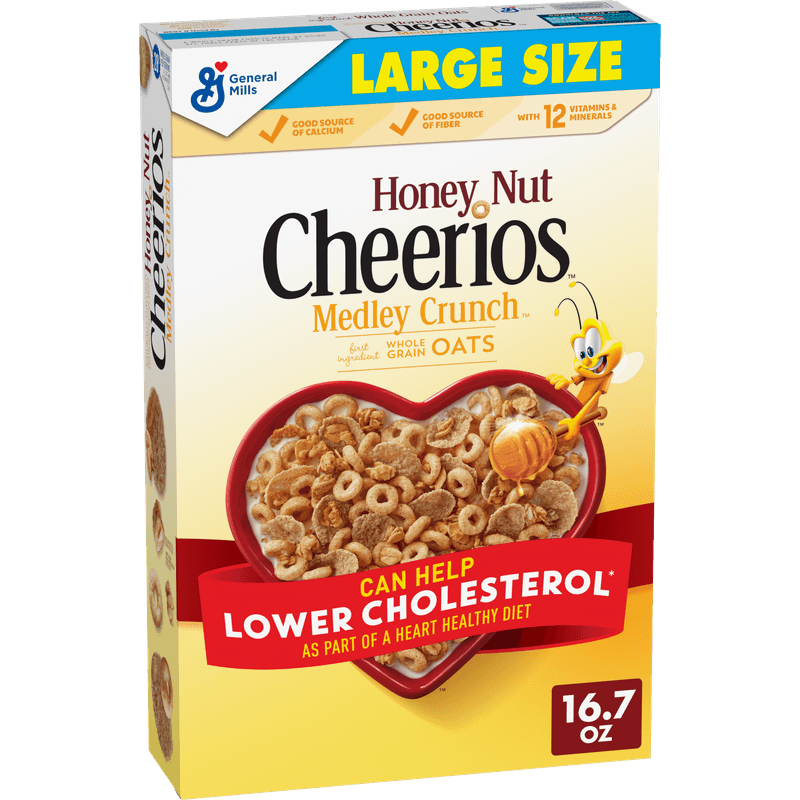
General Mills created this exciting twist on their classic Honey Nut Cheerios by mixing different textures and shapes in one box. The cereal featured traditional O-shaped pieces alongside crunchy clusters and honey-sweetened granola bits.
Breakfast lovers appreciated the variety each spoonful offered, creating a more dynamic eating experience than regular cereal. The combination provided different levels of sweetness and crunch that kept morning meals interesting.
Unfortunately, the complex manufacturing process and higher production costs led to its discontinuation. Many fans still search grocery stores hoping to find leftover boxes, but this innovative cereal remains only a sweet memory from breakfast tables past.
2. Choco Taco
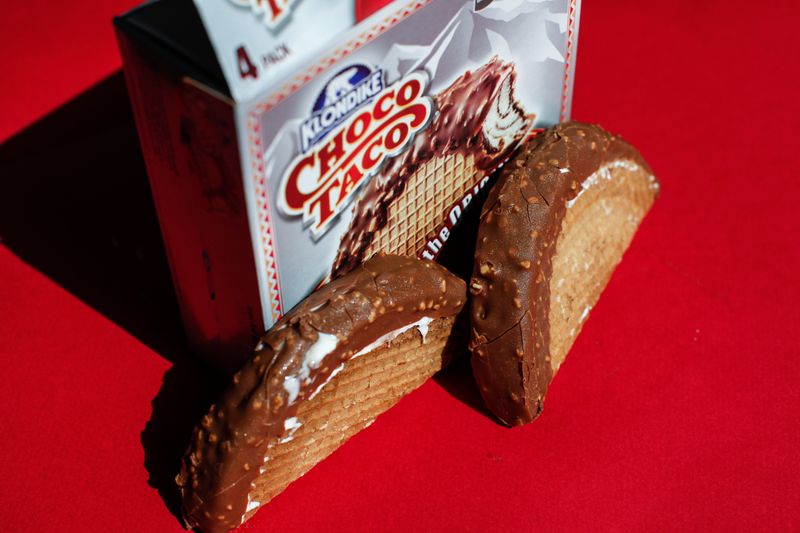
Picture this: a waffle cone shaped like a taco shell, filled with vanilla ice cream, and covered in chocolate with peanut pieces. The Choco Taco became an instant hit when it launched, combining two beloved desserts into one unforgettable treat.
Ice cream trucks across America made this their signature item, and the distinctive shape made it instantly recognizable. Kids and adults alike couldn’t resist the playful combination of textures and flavors.
Klondike officially discontinued the Choco Taco in 2022, citing supply chain issues and declining sales. The announcement sparked widespread outrage on social media, with fans begging for its return and sharing fond memories of this unique frozen dessert.
3. Honey Nut Cheerios Minis
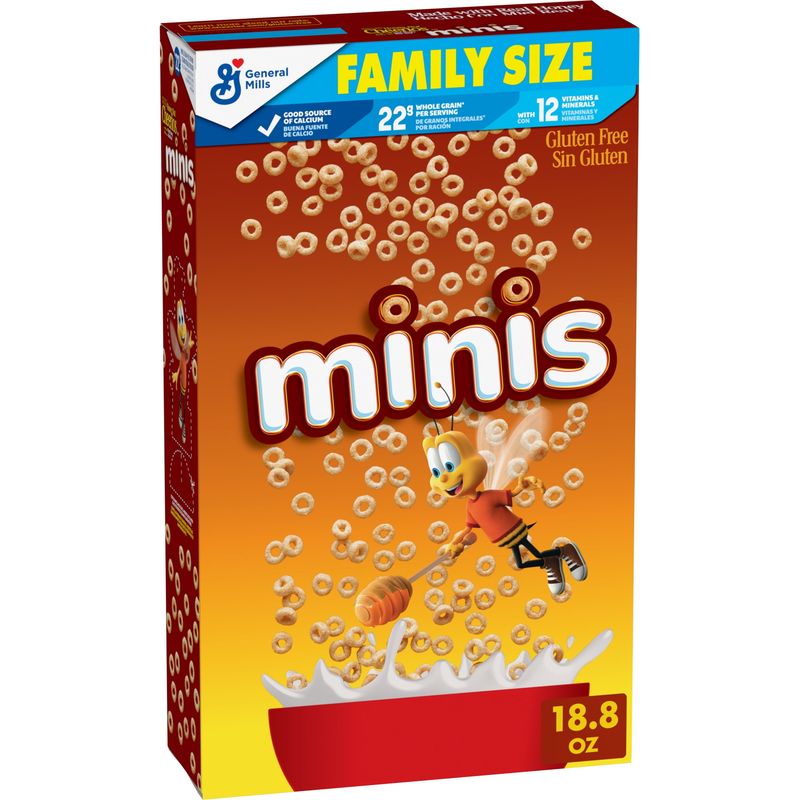
Smaller than regular Cheerios but packed with the same honey-sweetened flavor, these bite-sized versions offered a different cereal experience. Each piece delivered concentrated taste in a fun, poppable format that appealed to both children and adults.
The mini size made them perfect for snacking straight from the box or adding to trail mix recipes. Parents loved that kids could easily handle the smaller pieces, reducing breakfast mess significantly.
Despite their popularity, General Mills quietly removed them from production lines to focus on their core Cheerios varieties. The decision disappointed many families who had made these tiny treats part of their daily routine, leaving a small but noticeable gap in cereal aisles everywhere.
4. Chocolate Peanut Butter Cheerios
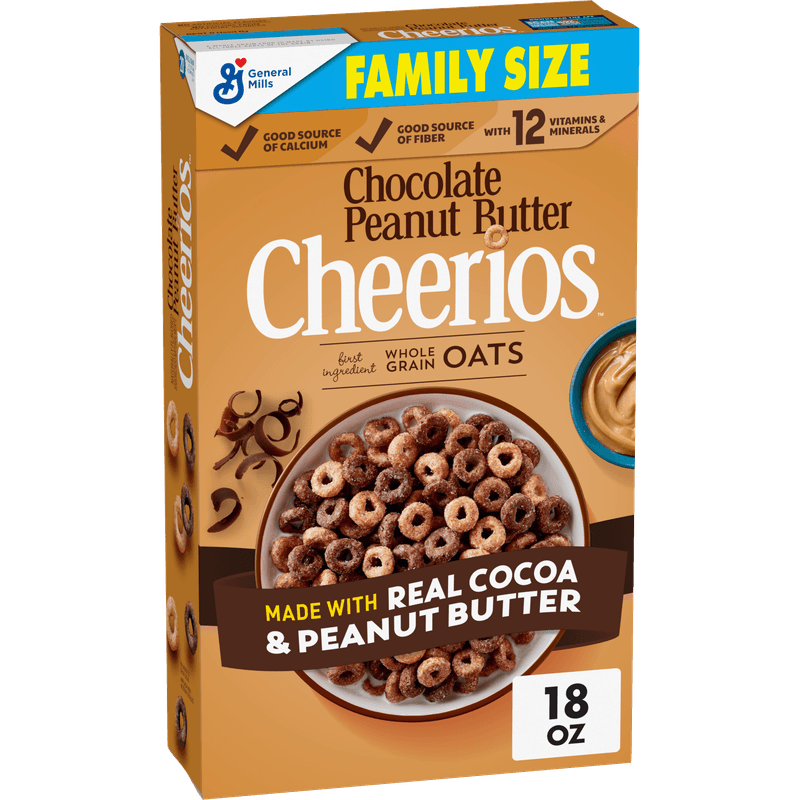
Combining America’s favorite flavor combination with the beloved Cheerios shape seemed like a guaranteed success. These brown-tinted O’s delivered rich chocolate taste with creamy peanut butter notes in every bite, creating breakfast magic in a bowl.
The cereal attracted both health-conscious parents and treat-loving kids because it maintained Cheerios’ nutritional benefits while satisfying dessert cravings. Many families considered it the perfect compromise between healthy eating and indulgent flavors.
However, the specialized flavoring process proved too costly for General Mills to maintain long-term profitability. The company eventually discontinued this variety, focusing resources on simpler, more cost-effective flavors that could reach broader market segments while maintaining reasonable production expenses.
5. Altoids Sours
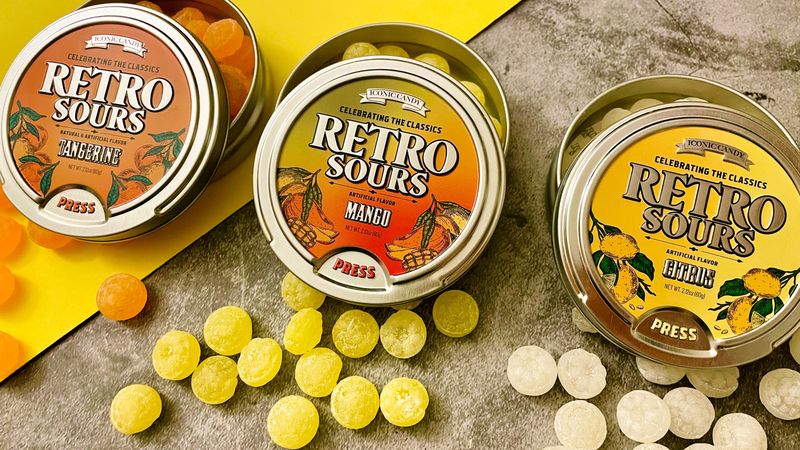
Before sour candies dominated convenience store shelves, Altoids created their own tangy twist on breath mints. These intensely sour round candies came in flavors like apple, cherry, and lime, packaged in Altoids’ signature metal tins.
The combination of mouth-puckering sourness followed by sweet relief made them addictive for candy lovers seeking extreme flavor experiences. Their portable tin packaging made them perfect for sharing or secret snacking during school or work.
Manufacturing challenges and changing consumer preferences toward other sour candy brands led to their discontinuation in the mid-2000s. Fans still search online marketplaces for remaining tins, willing to pay premium prices for one last taste of these legendary sour treats that once ruled lunchboxes nationwide.
6. Froot Loops Straws

Genius meets breakfast innovation: edible straws that tasted exactly like Froot Loops cereal while functioning as actual drinking straws. Kids could sip their milk through these colorful tubes, then eat the straw itself as a sweet finishing touch.
The product solved the age-old problem of leftover cereal milk by making the drinking process part of the fun. Parents appreciated that children finished their entire milk serving without complaints or negotiations.
Unfortunately, production complexity and quality control issues made these straws difficult to manufacture consistently. Kellogg’s eventually discontinued them, despite passionate fan campaigns and online petitions requesting their return. The concept remains one of the most missed breakfast innovations, representing peak creativity in children’s food products.
7. Doritos 3D
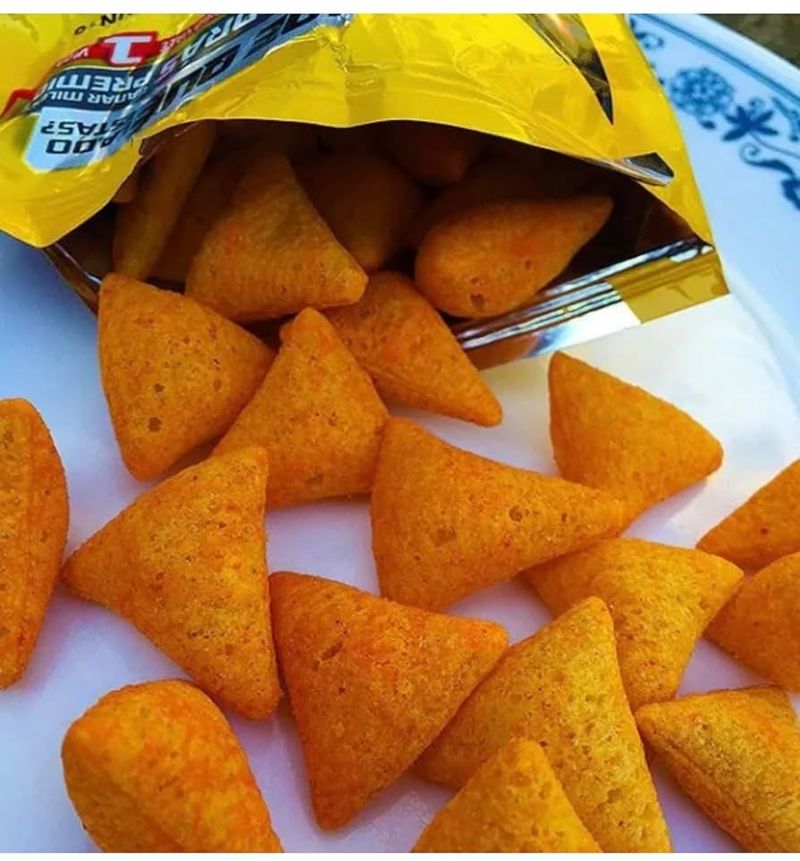
Imagine regular Doritos transformed into puffy, three-dimensional triangular pillows filled with air and intense flavor. These weren’t just chips; they were architectural marvels of snack engineering that provided a completely different eating experience than traditional flat tortilla chips.
The unique texture created satisfying crunch sounds that made snacking more enjoyable and memorable. Each piece held more seasoning due to increased surface area, delivering concentrated bursts of nacho cheese or ranch flavoring.
Frito-Lay discontinued the original 3D line due to production costs and limited market appeal compared to regular Doritos. Though they briefly returned in 2021, the original formula and experience remain a nostalgic memory for snack enthusiasts who remember their distinctive shape and superior flavor delivery system.
8. Pepsi Blue
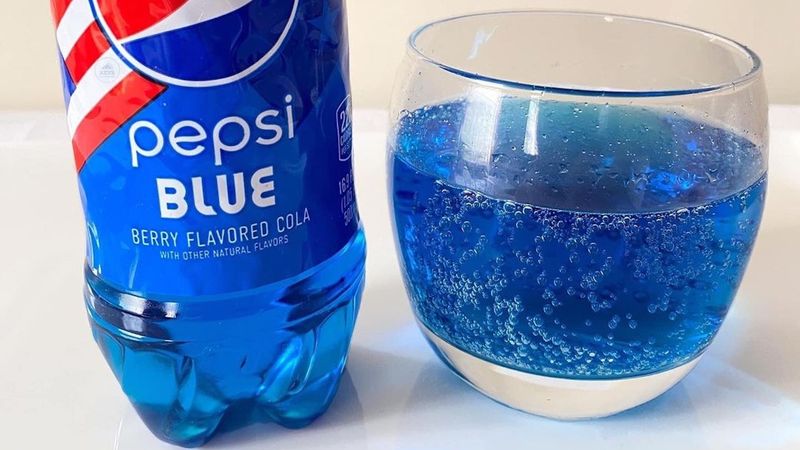
Nothing prepared the world for bright blue cola when Pepsi launched this berry-flavored soft drink in 2002. The electric blue color seemed almost supernatural, challenging everything people expected from traditional brown cola beverages.
The taste combined familiar Pepsi cola flavor with tropical berry notes, creating a unique drinking experience that polarized consumers. Some loved the novelty and fruity twist, while others found the color off-putting despite enjoying the actual flavor.
Poor sales and marketing challenges led to its quick discontinuation in most markets by 2004. The product became a symbol of early 2000s experimental marketing, representing an era when beverage companies took bold risks with unconventional colors and flavors that seem almost impossible by today’s standards.
9. Jell-O 1-2-3
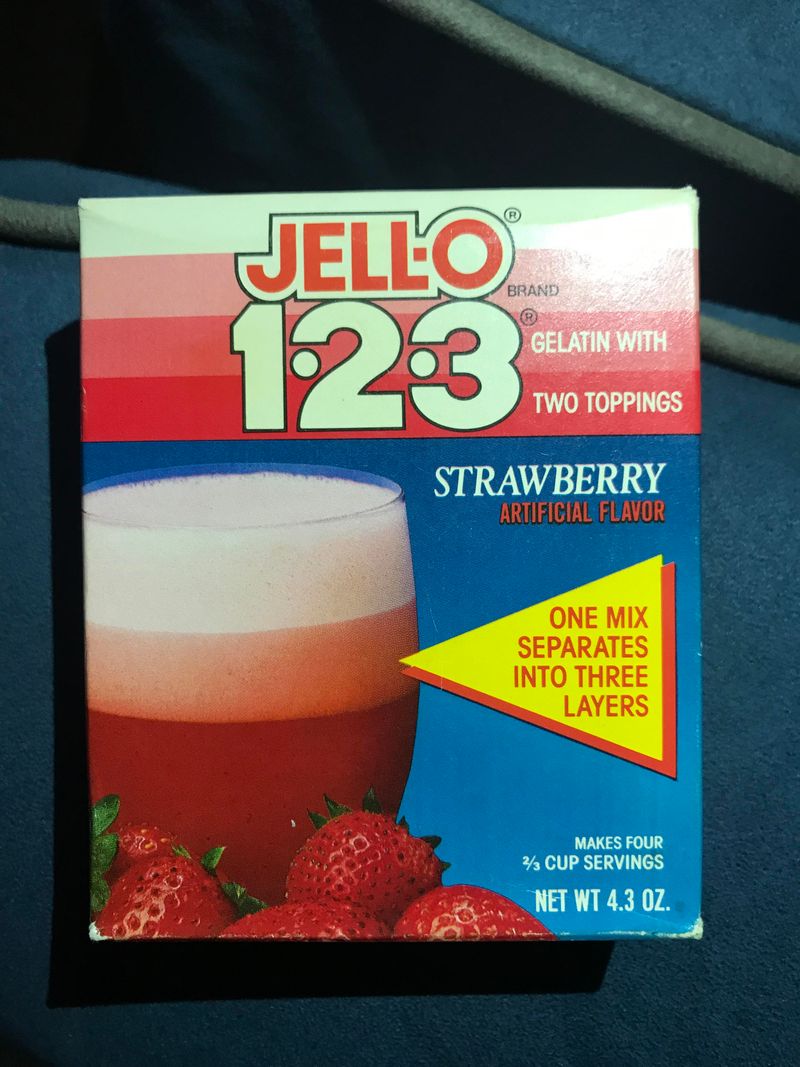
One packet created three distinct layers automatically during the setting process: creamy foam on top, smooth mousse in the middle, and traditional Jell-O gelatin at the bottom. This dessert seemed like pure magic to home cooks and children alike.
The science behind the layering process fascinated families, making dessert preparation an educational experience. Kids loved watching the layers form naturally in the refrigerator, creating anticipation for the final reveal.
Complex manufacturing requirements and inconsistent results in home kitchens led to customer complaints and eventual discontinuation. Many home bakers still attempt to recreate the layering effect using multiple Jell-O products, but none achieve the effortless magic of the original 1-2-3 formula that once amazed dinner party guests nationwide.
10. Dunkaroos
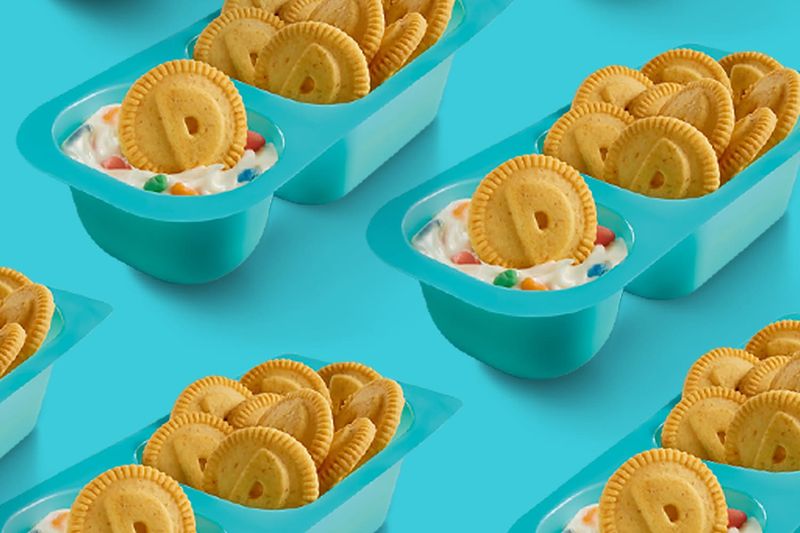
Cookie-dipping reached its peak with these packages containing vanilla cookies and containers of rainbow chip frosting for dipping. The interactive snacking experience made lunchtime feel like a fun activity rather than just eating.
Kids developed elaborate dipping strategies, from careful frosting rationing to generous coating techniques. The combination satisfied both cookie and frosting cravings while providing entertainment through the dipping process itself.
General Mills discontinued Dunkaroos in the United States in 2012, though they remained available in Canada. After years of fan campaigns and social media pressure, they finally returned to American shelves in 2020, proving that sometimes discontinued favorites can make successful comebacks when consumer demand remains strong enough to justify production costs.
11. Limited Edition Pepsi and Mountain Dew Flavors
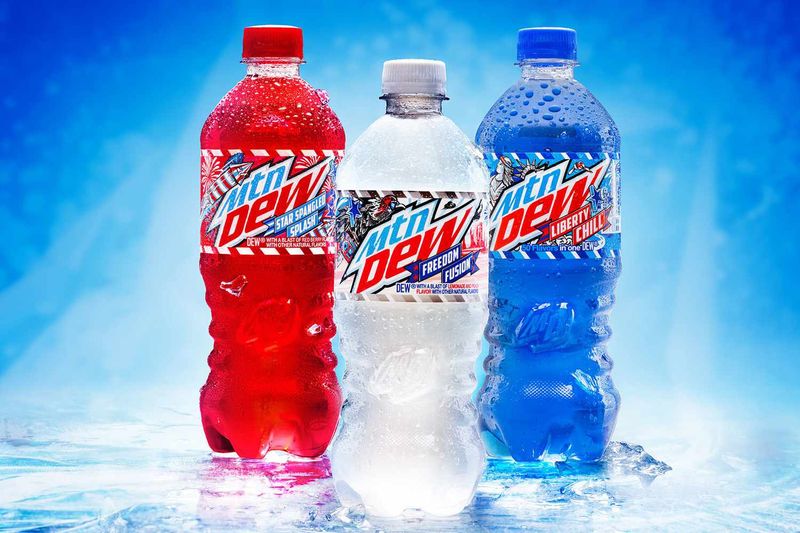
Remember Pepsi Holiday Spice, Mountain Dew Pitch Black, or Pepsi Summer Mix? These limited-time flavors created excitement and urgency among soda enthusiasts who knew their favorite might disappear forever after the promotional period ended.
The strategy built brand loyalty through exclusivity and scarcity, encouraging consumers to try new flavors while they remained available. Some varieties gained cult followings that persist years after discontinuation.
Most limited editions were always intended as temporary offerings, but some performed well enough to warrant consideration for permanent status. Unfortunately, production line limitations and focus on core products meant even successful limited flavors rarely earned permanent spots in the regular rotation, leaving devoted fans hoping for occasional returns.
12. Waffle Crisp Cereal
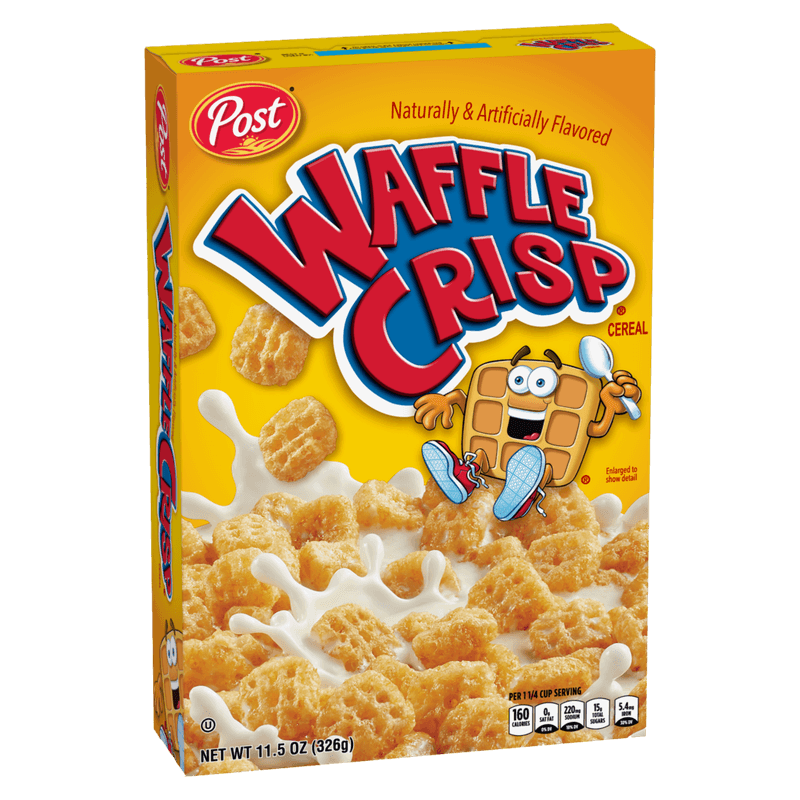
Each piece looked exactly like a tiny waffle, complete with grid patterns and golden-brown coloring that resembled actual breakfast waffles. The cereal delivered maple syrup flavor without requiring any additional sweeteners or toppings.
Post Consumer Brands created this cereal to capture the essence of weekend breakfast waffles in convenient weekday cereal form. The authentic waffle shape and flavor made breakfast feel special even on busy school mornings.
Despite having dedicated fans who appreciated its unique appearance and taste, Waffle Crisp couldn’t compete with more established cereal brands for shelf space and marketing budgets. The cereal was quietly discontinued, leaving waffle lovers searching for alternatives that could replicate its distinctive maple flavor and satisfying crunch that made ordinary breakfast extraordinary.
13. Oreo O’s Cereal
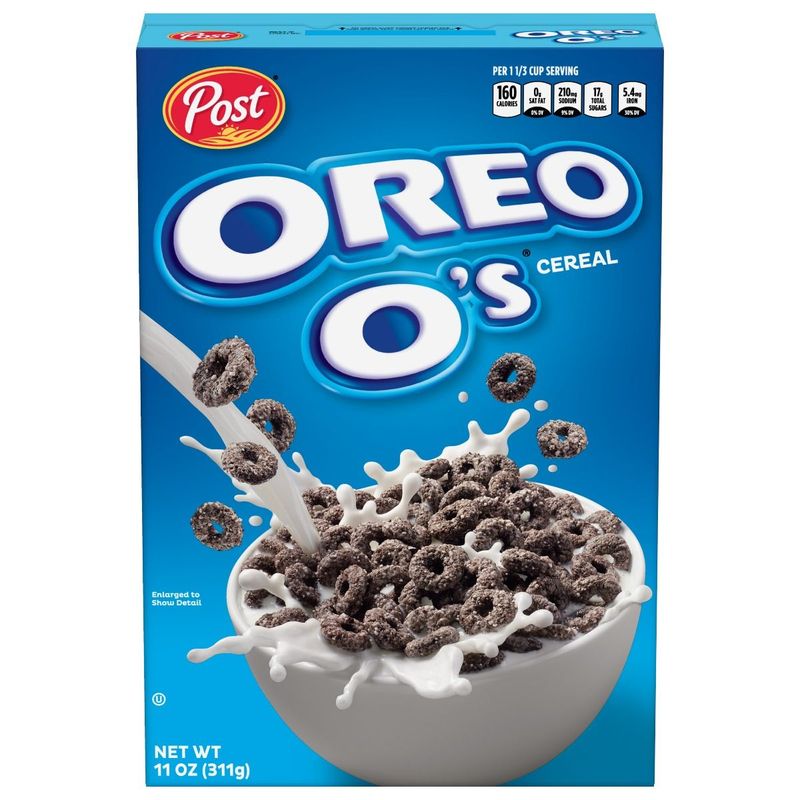
Combining America’s favorite cookie with breakfast cereal seemed like an obvious winner. These black and white O-shaped pieces tasted remarkably similar to actual Oreos, complete with chocolate cookie flavor and sweet cream notes that turned milk chocolatey.
The cereal allowed cookie lovers to justify eating Oreo flavor for breakfast while maintaining the pretense of eating something nutritionally appropriate for morning meals. Children especially loved the familiar taste in cereal form.
Post discontinued Oreo O’s in the United States in 2007, though it remained available in South Korea. After years of consumer requests and online campaigns, the cereal returned to American shelves in 2017, demonstrating how powerful nostalgia and consumer demand can influence corporate decisions about discontinued product revivals.
Leave a comment